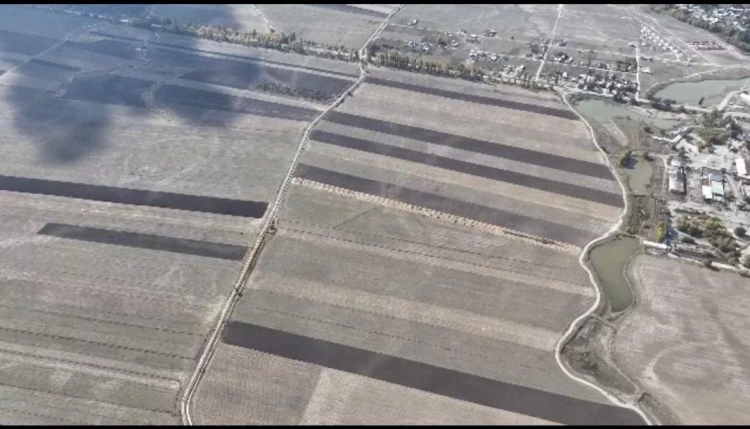Did you know that...
The Earth was first photographed from space in 1959 by the Explorer 6 spacecraft. The first image of the whole Earth in history was taken by the Lunar Orbiter V space station on August 8, 1967.
It is the only planet where complex forms of life exist. Unlike other planets named after various Roman gods, the word Earth has its own name in every culture.
The density of the Earth is higher than that of any other planet (5.515 g/cm³). Among the terrestrial planets, Earth has the greatest gravity and the strongest magnetic field.
The weight of the Earth is 6,600,000,000,000,000,000,000,000 kg.
Only in 2009 did one of the most accurate topographic maps of the Earth become available.
Mount Everest (also known as Chomolungma in Tibetan or Sagarmatha in Nepali) is recognized as the highest point on the planet. The height of the Mauna Kea volcano above sea level is 4,205 meters, but much of it is hidden underwater. The total height of this peak, located in the Hawaiian Islands, is 10,203 meters, which is 1,355 meters taller than Everest.
The longest mountain range on land is the Himalayas (2,900 km).
You may think you are standing still, but in reality, you are moving. This is because the Earth rotates around the Sun and around its axis. Depending on where you are, you could be moving through space at speeds exceeding 1,600 km/h. People at the equator move faster, while those standing at the North or South Pole are almost stationary. The speed of the Earth's rotation around the Sun is 107,826 km/h.
The Moon is the only natural satellite of the Earth. Its fate is still unknown. It is not exactly known how it formed. Tides occur due to the Moon's activity. Due to tidal synchronization, the Moon is moving away from the Earth at about 38 millimeters per year. Over millions of years, this tiny change, along with the increase of the Earth's day by 23 microseconds per year, will lead to significant changes. For example, during the Devonian period (about 410 million years ago), there were 400 days in a year, and a day lasted 21.8 hours. If we did not have the Moon, a day on Earth would last no more than six hours.
Water vapor in the atmosphere affects weather forecasting.
The change of the four seasons is due to the Earth's axial tilt to its orbit, which is 23.44 degrees.
If it were possible to drill a tunnel through the Earth and jump into it, the fall would last about 42 minutes.
Light rays travel from the Sun to the Earth in 500 seconds.
If you examine a teaspoon of ordinary soil, you will find that there are more living organisms in it than there are people living on Earth.
Deserts cover almost one-third of the Earth's surface.
People do not question the shape of the Earth thanks to the proofs of Pythagoras made as early as 500 BC.
Only on Earth can three states of water (solid, gaseous, liquid) be observed.













































